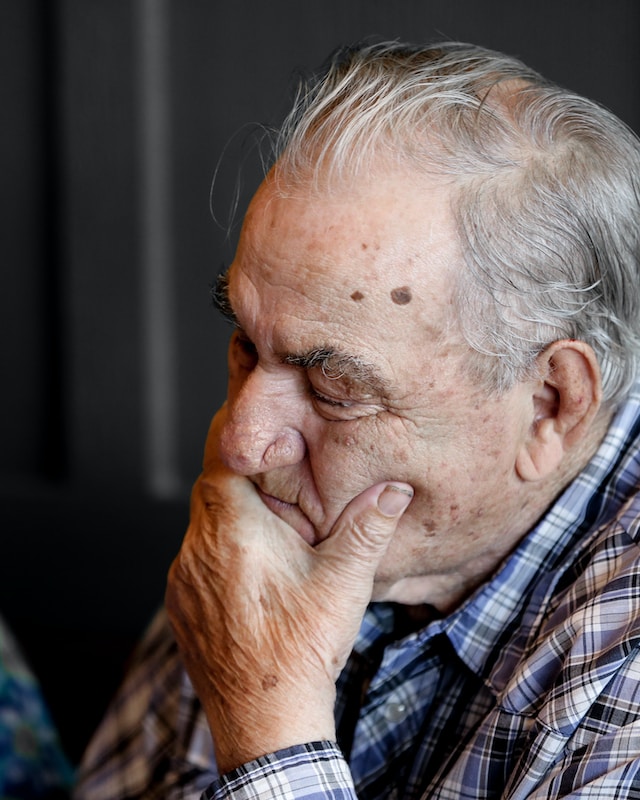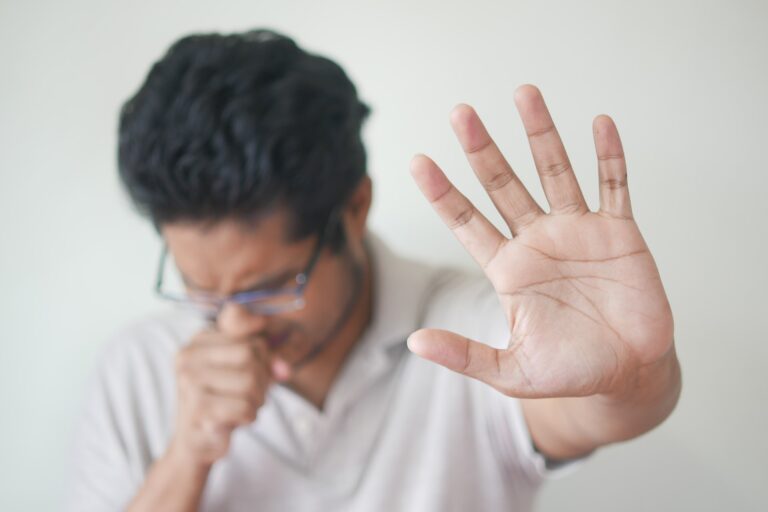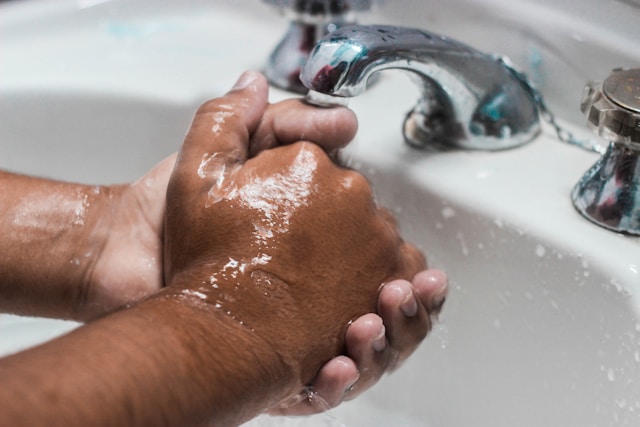Page Contents
Pneumonia is a potentially life-threatening lung infection that causes inflammation in the air sacs (alveoli) of one or both lungs. These air sacs may fill with fluid or pus, leading to symptoms such as cough, fever, chills, and difficulty breathing.
While pneumonia can affect people of all ages, older adults (especially those over 65) are particularly vulnerable due to age-related immune decline and other comorbidities. It remains one of the leading causes of morbidity and mortality in the elderly population.

Global trends and statistics
Globally, pneumonia accounts for more than 2.5 million deaths annually, and a significant proportion of these occur in older adults. According to the World Health Organization (WHO), lower respiratory tract infections, including pneumonia, are among the top ten causes of death in people aged 70 and above. In the United States alone, about 1 million elderly individuals are hospitalized with pneumonia each year, with a mortality rate that can exceed 20% in severe cases. In Singapore, pneumonia consistently ranks as the second leading cause of death, particularly impacting frail and institutionalised seniors. These statistics reflect a pressing need for early detection, prevention, and care.
Types of pneumonia affecting the elderly
There are several types of pneumonia, categorised based on the source of infection and the causative organism:
Community-Acquired Pneumonia (CAP)
Acquired outside healthcare settings; commonly caused by bacteria like Streptococcus pneumoniae or viruses like influenza.Hospital-Acquired Pneumonia (HAP)
Occurs 48 hours or more after hospital admission; often caused by drug-resistant bacteria.Aspiration pneumonia
Caused by inhaling food, saliva, or vomit into the lungs, common in elderly with swallowing difficulties.Ventilator-Associated Pneumonia (VAP)
Develops in people who are on mechanical ventilation.Atypical pneumonia
Often caused by less common pathogens such as Mycoplasma pneumoniae; symptoms may be milder.
Predisposing factors in the elderly
Several factors increase the susceptibility of elderly individuals to pneumonia, including:
Weakened immune system due to age or chronic illnesses (e.g., COPD, diabetes, heart disease).
Dysphagia (difficulty swallowing), increasing the risk of aspiration pneumonia.
Living in long-term care facilities where pathogens spread easily.
Smoking history or ongoing exposure to pollutants.
Poor oral hygiene, which facilitates bacterial entry into the respiratory tract.
Limited mobility or being bedridden, leading to decreased lung expansion and secretion clearance.
Common signs and symptoms
Unlike in younger adults, symptoms of pneumonia in the elderly may be subtle or atypical. Some common presentations include:
Cough with or without phlegm
Fever and chills (may be absent in frail elderly)
Shortness of breath or rapid breathing
Fatigue and weakness
Confusion or delirium, which may be the first noticeable sign
Chest pain or discomfort when breathing or coughing
Loss of appetite and dehydration

Treatment options for pneumonia
Treatment depends on the cause and severity. Key options include:
Antibiotics or antivirals, depending on the organism
Oxygen therapy to maintain adequate oxygenation
Intravenous fluids to prevent dehydration
Hospitalisation in moderate to severe cases
Supportive care, such as rest, nutrition, and symptom management
Pulmonary rehabilitation, especially after recovery to restore lung function
In long-term care settings, early recognition and isolation protocols are crucial to prevent outbreaks.
Prevention and environmental improvements
Prevention remains the best strategy. Steps include:
Vaccination
Annual influenza vaccine and the pneumococcal vaccine (PPSV23 and PCV13) are critical.Hand hygiene and mask-wearing
Especially during flu seasons or pandemics.Oral care programs
Reduce bacterial load and risk of aspiration pneumonia.

Swallowing assessments
For residents with neurological conditions or post-stroke.Improving indoor air quality
Ensure good ventilation, reduce humidity, and use air purifiers.Encouraging mobility and physical activity
To maintain lung function.Nutrition and hydration
To support immune health.
Long-term care facilities should also establish infection control protocols, train staff in early symptom recognition, and develop emergency care escalation plans.
Conclusion
Pneumonia is not just a seasonal illness but a serious health threat in the elderly, one that can lead to long-term disability or death if not identified and treated early. Due to atypical presentations, caregivers and healthcare providers must be alert to subtle signs and respond promptly. By combining prevention, early intervention, and environmental improvements, we can greatly reduce the burden of pneumonia and safeguard the well-being of our older adults.
